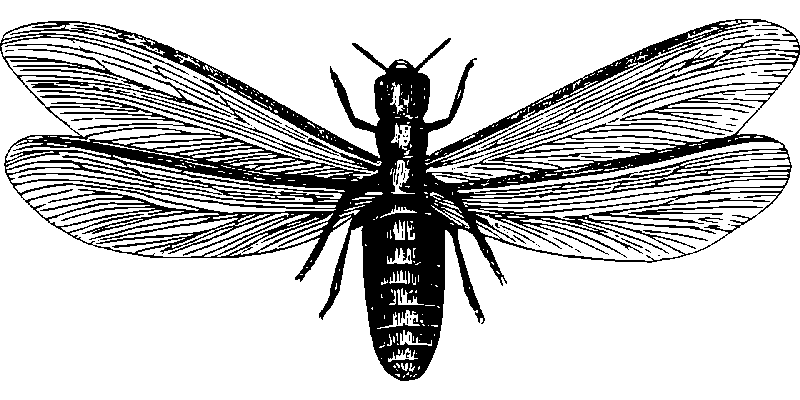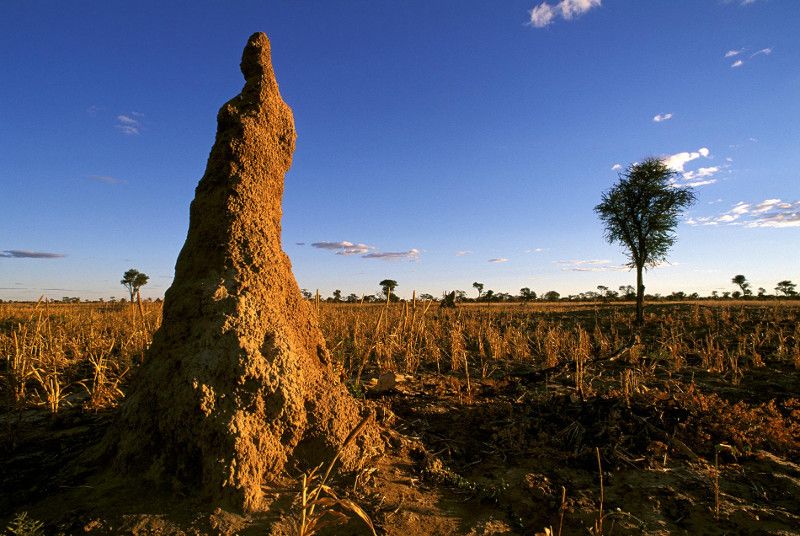The Termite Inspection – What You Should Know Before You Buy a Home in Hawaii
Before moving to Kauai, I had spent most of my life in the temperate Pacific Northwest. Although I had attended hundreds of home inspections during the course of my career, termites were not something on my radar until I moved here. I was caught off guard when I experienced my first termite swarm while living in an older plantation home. But once I educated myself, I was no longer freaked out about termites. These hungry insects, while instrumental in ecological importance, can wreak havoc on homes. Having a licensed professional thoroughly inspect a property before you buy it is a must. In fact, it is written into a standard purchase contract here, and most lenders will require a copy of a satisfactory termite inspection report (TIR) prior to lending on a home. The termite inspection is customarily the obligation and expense of the seller, but there are some exceptions, such as in the case of bank-owned and short sale listings, where the impetus may fall upon the buyer, but is nonetheless important to have done.

Though often hidden inside structure of a home, winged termites swarming around your home can be an indication of a much bigger problem.
What to Expect at a Termite Inspection
The termite inspection is ordered just before closing. The report itself is only valid for 15 days after issuance, so this is why it is done in the last weeks before the sale is finalized. The length of time needed for the inspection varies depending on the size of the home to be inspected. The termite inspector will visually inspect all areas of the home, with a flashlight, including inside cabinetry and in the attic. They look for signs of a termite infestation, including piles of “dirt,” or signs of nesting on the exterior. If there are visible signs, the inspector then must determine if it is an active inspection or an old infestation. It is customary in Hawaii for the Seller to assume responsibility for hiring the termite inspector, though usually the buyer gets to choose the operator.
What if Termites are Found?
Typically, the company conducting the termite inspection will also be able to assess the best course of action to remediate the termite infestation. Different companies offer different solutions, which can sometimes be dependent on the scope of the problem. Although it is always negotiable, the Seller typically pays for the treatment of termites. The most common treatments include:
- Tenting – This method is the most aggressive, and arguably the most effective for treatment of termites. If you have ever seen tenting in your neighborhood, it looks like the circus has come to visit. A large plastic tent is set up to encompass the entire home. Once it is set up, a fumigant is slowly released inside the tent. This is a lethal dosage, and you are not allowed to go into the tented area for 72 hours. The benefit of using this method is that every inch of the house is covered, including framing inside walls, underneath floorboards and the chances of reinfestation are very low. Basically, everything is killed off during the fumigation.
- Orange Oil – A relatively newer treatment method, when applied correctly, this method is the “greenest” and most earth-friendly way to eradicate a termite infestation. The trick with orange oil treatment is in thoroughly investigating where the termites are located, and applying the orange oil liberally to ensure you find them all. A professional pest control operator who is licensed to treat termites with orange oil will often go back to the treatment site several times to ensure the application has been effective, and nothing was missed. There is usually a warranty to cover both of these treatments.
- Sentricon Prevention – Once termites have been found inside a structure, it is too late to take a preventative measure like Sentricon termite bait system, but this can be a great way to prevent future infestations, especially in areas where subterranean termites are common. A licensed pest control operator can install bait stations and inspect your property annually to ensure they are working.

Termite mounds in the wild, which can be built higher than 17 feet and often outlive their builders, are a sight to behold. Unfortunately, in the United States, we have subterranean termites and termites who live in structures, instead of mound-building termites. Photo courtesy of photostaud.com, with permission.
What to Watch For to Prevent Infestation
Prevention of termites is critical for the longevity and maintenance of your home in Hawaii. What can you do to keep away these insects that can cause major structural damage in six months and completely destroy a home in two years? Here are a few tips, especially during the spring months, when termite infestations can occur:
- Repair broken roof tiles, and keep moisture down in the attic by dehumidifying if needed.
- If you have an air conditioning unit, make sure the moisture released is away from your home’s foundation.
- Check attic regularly for termite damage by pressing thumb against beams to see if they are spongy. Apply termite treatment spray or call an exterminator if you have concerns.
- Use plastic bins for storage of items instead of cardboard boxes.
- If you are building a new home, lay down a termite barrier, like Termamesh.
- Baseboard trim can be a haven for termites – press thumb against wood to see if it is spongy.
- Keep wood furniture away from walls, or opt for items made of other materials, such as metal.
- Keep laundry off the ground and away from walls. Termites love natural cellulose-containing materials, like cotton.
- Regularly check cabinets and vanities for termite damage.
- Immediately repair leaking pipes and inspect regularly to prevent damage. Termites LOVE moisture.
- During swarming season, make sure windows and doors are kept closed.
- Remove old tree stumps from your yard and consider using a material like rock, rubber or plastic instead of wood mulch.
- Consider a fence and decking made of non-wood materials, or use termite-resistant or treated lumber.
- When in doubt, call a licensed professional to inspect for you.

Termite droppings, or “frass,” is about the size of ground salt and pepper, or grains of sand. If you see a pile like this around your house, have it checked out immediately.
Knowing what to look for what look for when you are viewing homes is a huge benefit. No home is perfect. Here on the Hawaiian islands, it is not uncommon to see evidence of termites. How they are dealt with and prevented can save you thousands of dollars and preserve your home for years to come.


Mike Worden
February 1, 2018
This is a great article. As a licensed termite inspector I am happy to read an accurate assessment of what is to be expected from the inspection. People sometimes forget that the inspector cannot see every piece of wood and we are working based on what is visible to us.
Some of the information is slightly off though. The property typically is held for 72 hours,it is probably closer to 24-32 hours before you can return. Also, I would warn that many bugs and pests may remain after a fumigation that is targeting drywood termites. For instance, you may likely see roaches after as the eggs are not always killed off. Also, bed bugs, subterranean termites and wood boring beetles all require a higher concentration of the fumigant.
I recommend having a professional inspection once a year (usually at no charge from most companies ) to any homeowner. Only official reports (TIRs) during a transaction will typically cost you anything.
Mike
February 1, 2018
Whoops…
Meant to say “isn’t held for 72 hours”
Pam
January 21, 2019
Very helpful in education about termites!
crave taison
June 28, 2019
Simply Awesome blog.Helpful for us and appreciable too. friendspestcontrol.com/services